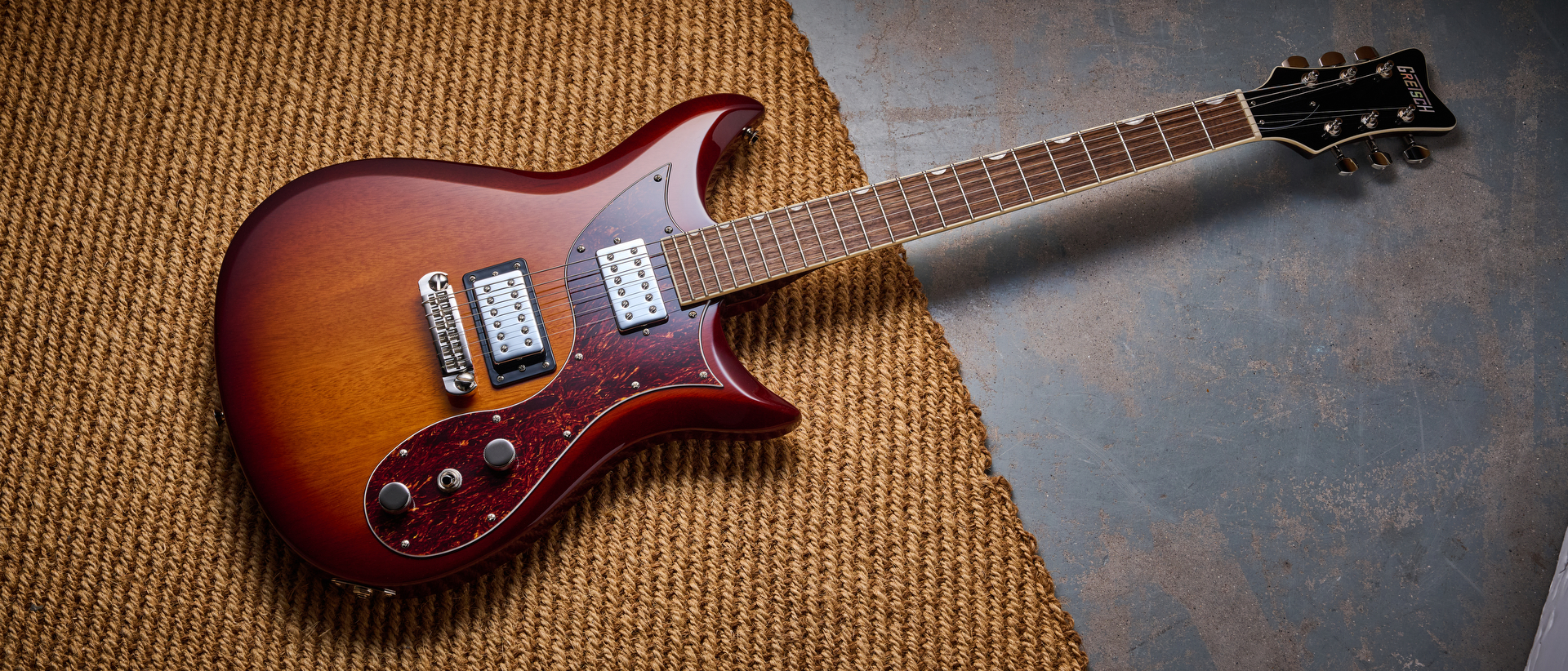How to use the major hexatonic scale of a I-IV progression
Learn to implement the scale beloved of Dickey Betts, Duane Allman and Eric Clapton into your playing
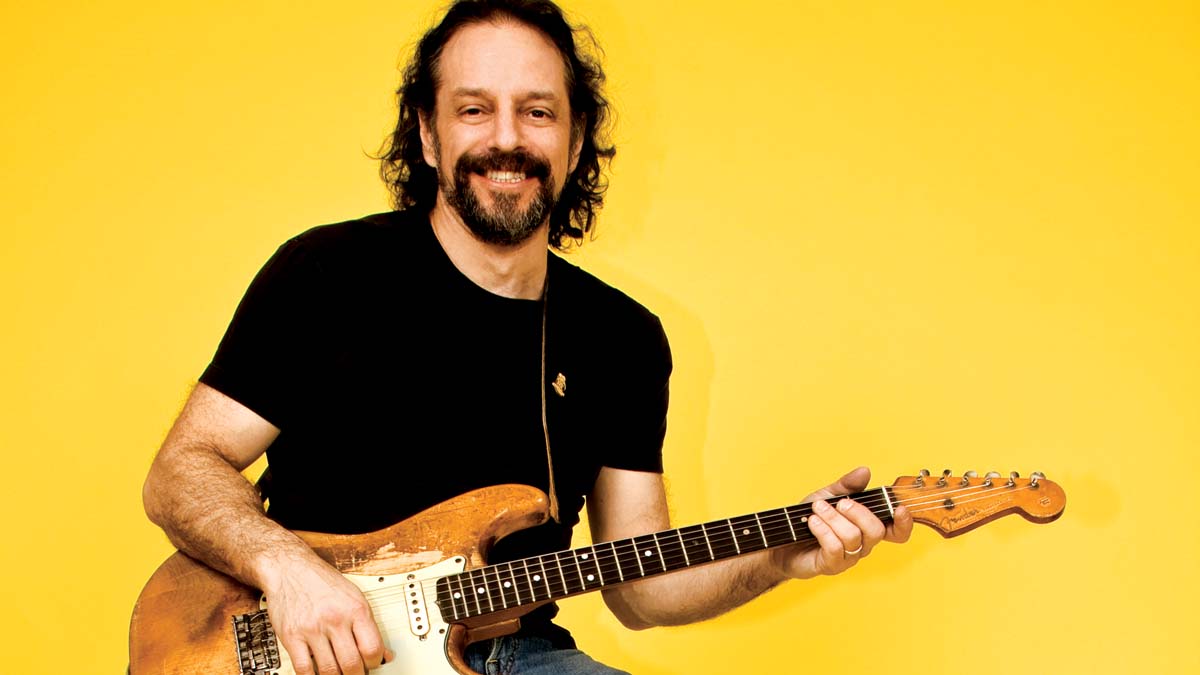
Last month, we explored a variety of approaches to building soloing ideas from major hexatonic scale patterns. Hexatonic means six-tone, so hexatonic scales are devised of six scale degrees.
Similar to the more commonly used major and minor pentatonic scales, which are five-tone scales, a hexatonic scale can be formed by adding one note to either of them.
To review, the major pentatonic scale is intervallically spelled 1, 2, 3, 5, 6. Major hexatonic adds the 4th scale degree, resulting in 1, 2, 3, 4, 5, 6. Major hexatonic may also be thought of as the seven-tone major scale (1, 2, 3, 4, 5, 6, 7) minus the 7th.
In the previous column, we explored the positions of the E major hexatonic scale (E, F#, G#, A, B, C#) as played over chord progressions in the key of E. This month, let’s move up a 4th to the key of A and examine A major hexatonic, spelled A, B, C#, D, E, F#.
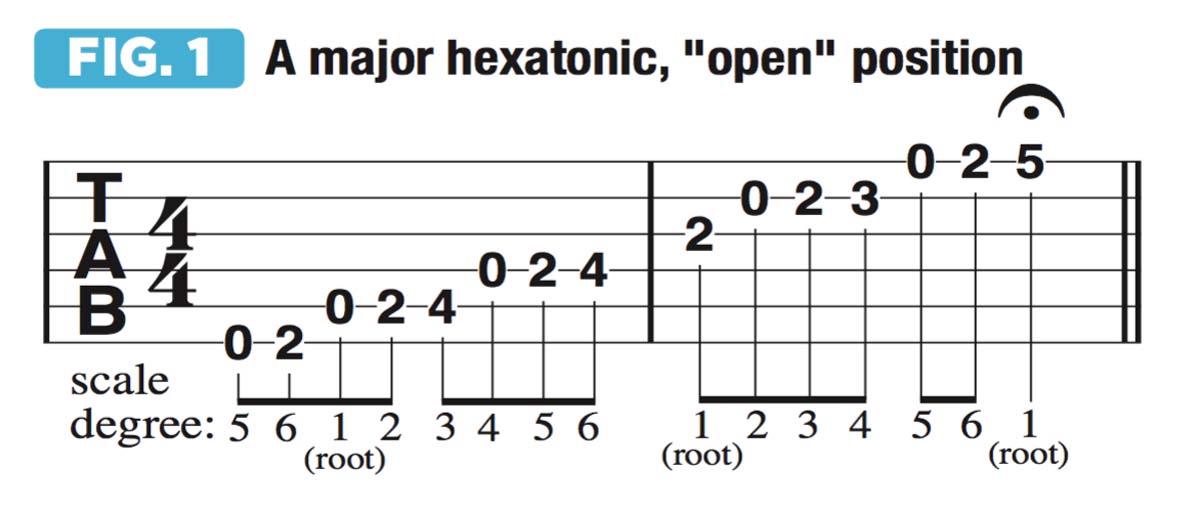
When soloing, it’s advantageous to be able to include open strings, and with this scale we can use every open string except the G.
Figure 2 shows A major hexatonic played in 4th/5th position. In Figure 3, we move up to the next available position, 6th/7th. Continue this process until you have explored the scale patterns up the length of the fretboard.
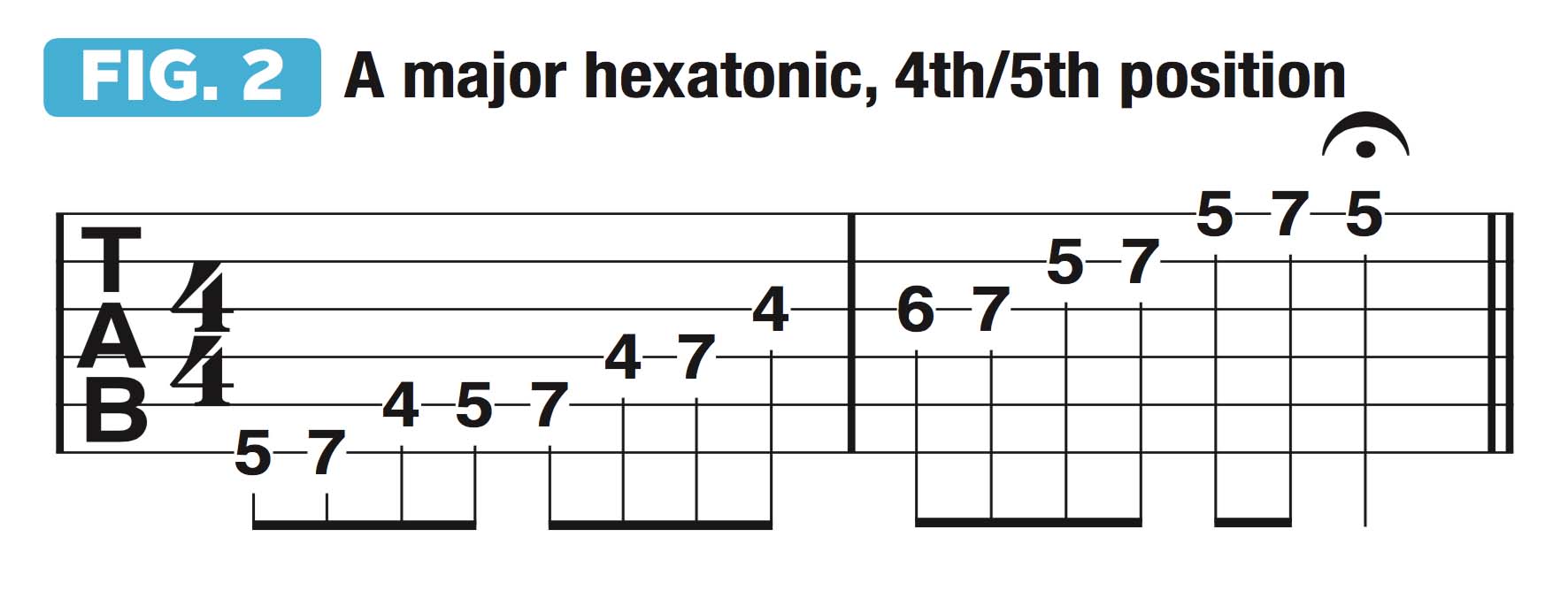
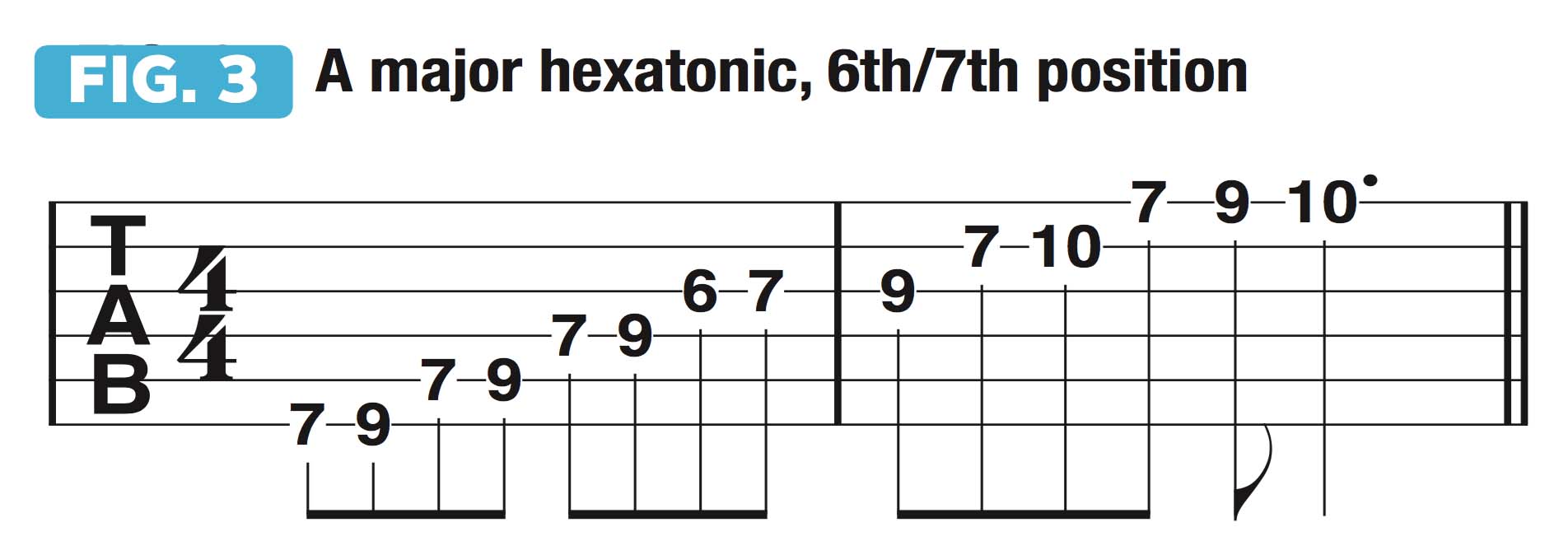
Founding Allman Brothers Band guitarist Dickey Betts based two of his most famous compositions, Blue Sky and Jessica, on the major hexatonic scale, the former being in the key of E and the latter in the key of A.
All the latest guitar news, interviews, lessons, reviews, deals and more, direct to your inbox!
In fact, the scale has become so associated with him that it has earned the moniker "the Dickey Betts scale". Dickey’s fellow guitarist in the ABB, Duane Allman, also relied on the hexatonic scale for many of his most celebrated solos (such as the ones he played in Blue Sky and Dreams).
Eric Clapton, Allman’s bandmate on the Derek and the Dominos album Layla and Other Assorted Love Songs, also relies often on this scale, and a perfect example can be found in Why Does Love Have to Be So Sad?
Figure 4 offers a rhythm part similarly based on that song’s Amaj7 - Dmaj7 chord vamp.
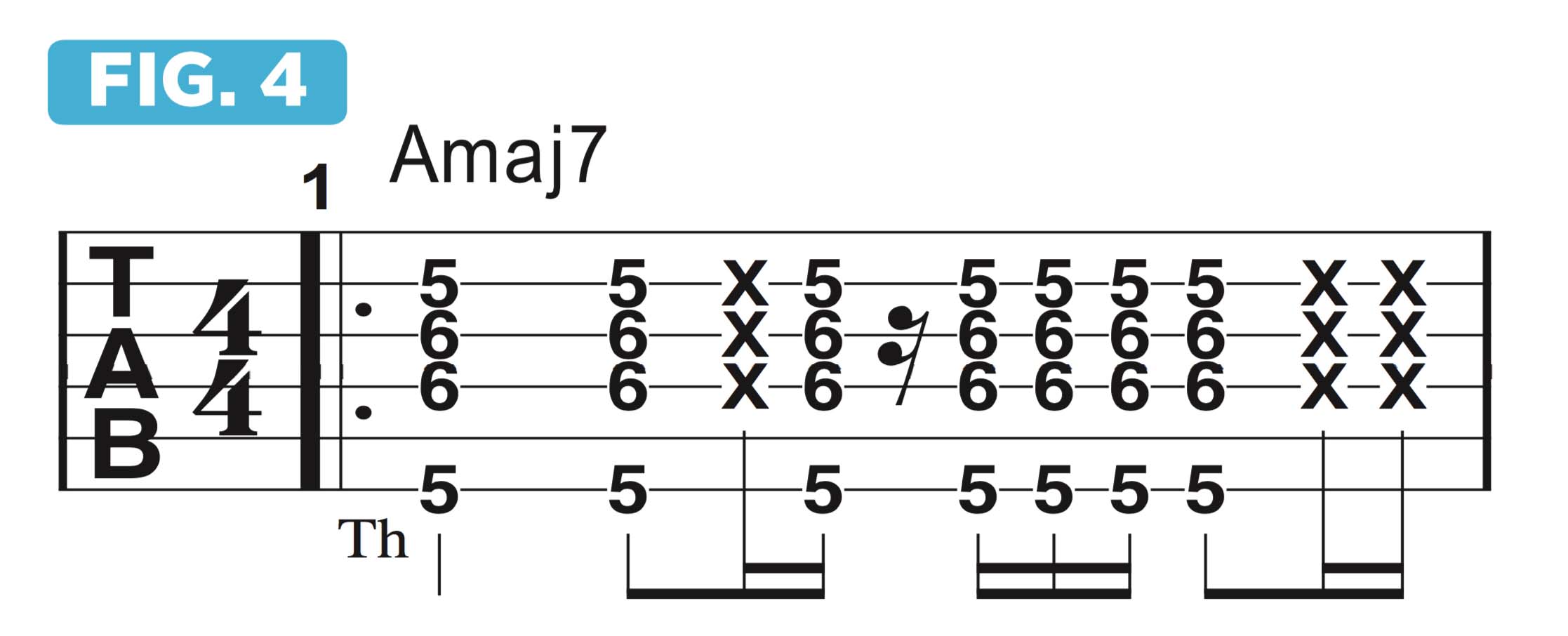
A great twist on the standard major hexatonic scale is to use an altered set of intervals: in Figure 5, the notes G#, A, B, C#, E and F# are played over A, which sounds E major hexatonic over an A tonal center.

Figure 6 offers an 11-bar solo based on A major hexatonic over the Amaj7-Dmaj7 progression. Play through the solo slowly while taking notice of the way each scale degree relates to the underlying chord tones.
Guitar World Associate Editor Andy Aledort is recognized worldwide for his vast contributions to guitar instruction, via his many best-selling instructional DVDs, transcription books and online lessons. Andy is a regular contributor to Guitar World and Truefire, and has toured with Dickey Betts of the Allman Brothers, as well as participating in several Jimi Hendrix Tribute Tours.

